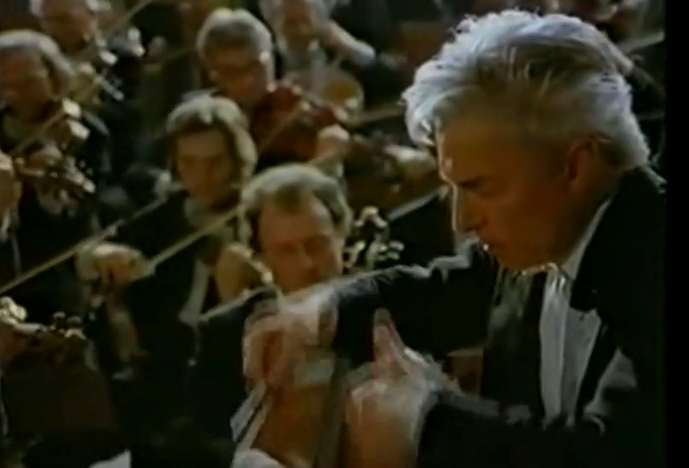

Can leadership be defined?
Many have tried to answer this question and struggled to find a “perfect” answer. Most definitions seemed to lack some detail or didn’t offer a proper “how” of leadership.
The Oxford English Dictionary defines leadership as “the action of leading a group or people in an organization” which reduces leadership to something taking place in organizations.
Peter Drucker is often cited with “the only definition of a leader is someone who has followers”, which in fact only considers one part of his definition, as he added trust as being a prerequisite to have followers. I like this definition as it is broad enough and allows further descriptions according to personality and context. Everyone is a leader in some moment and a follower in another.
In following as well as in leading we have our own and preferred style. It is closely linked to our own personality, our beliefs and our motivation. In his TED talk Itay Talgam has been offering us some beautiful insights into these unique styles of six great conductors.
All of them have in common, that they control the result, the difference is in the way they do so.
Itay Talgam describes subtle differences between leadership styles which go beyond descriptions the 4 leadership styles: Laissez-Faire, Democratic, Autocratic and Engagement. As they add a consideration for the needs of the followers I do prefer the way the Process Communication Model describes them as interaction styles.
Laissez Faire is a style which is non-directive and leaves as much responsibility to the followers as they can handle.
When used, the democratic style encourages interaction. It is based on the principles of group participation while still leaving ability to decide with the leader.
The autocratic style is task oriented and useful with those who want direction, structure or training.
The benevolent style (comparable to “Engagment”) is more person oriented with the underlying belief that people have to feel “good” to perform at their best. To reach this followers are invited to develop a sense of belonging or feel part of the family.
None of these styles will appear in their pure form. Leaders do adapt them to the situation and the person or group there are leading.
Itay Talgam describes the way Ricardo Muti leads with “If I’m responsible for Mozart, this is going to be the only story to be told. It’s Mozart as I, Riccardo Muti, understand it.” (See Muti at 4:31)
This comes closest to the autocratic style, but beware, it is the style which is probably most often misunderstood. The only time I have seen such a style being well performed was while watching an Aikido master and his student. They were united by the respect for each other. As Talgam describes, Muti was later confronted with the need of his musicians to add their competence to the performance of the orchestra.


Herbert von Karajan preferred a Laissez Faire approach: “Yes, the worst damage I can do to my orchestra is to give them a clear instruction. Because that would prevent the ensemble, the listening to each other that is needed for an orchestra.” (9:07)
Richard Strauss had more of an idea to let things happen by themselves. The way the conducted left much more space to the musicians as he interfered much less. He still made it clear to the orchestra that they have “to play by the book” (7:30). Carlos Kleiber who was much more expressive in his style had a similar democratic approach: “This is the gesture of the music. I’m opening a space for you to put in another layer of interpretation.” (11:57)
In doing so Kleiber adds process (the how) to the content (the music). Leonard Bernstein visibly adds the meaning while leading an orchestra: “you can see the music on his face” (19:25).
The one thing I particularly like about the last video shown by Talgam is to see how Bernstein enjoys to show the excellence of his orchestra. It is indeed a wonderful point of doing without doing.
[Original publication via frogstalk.com, July 03, 2014]
